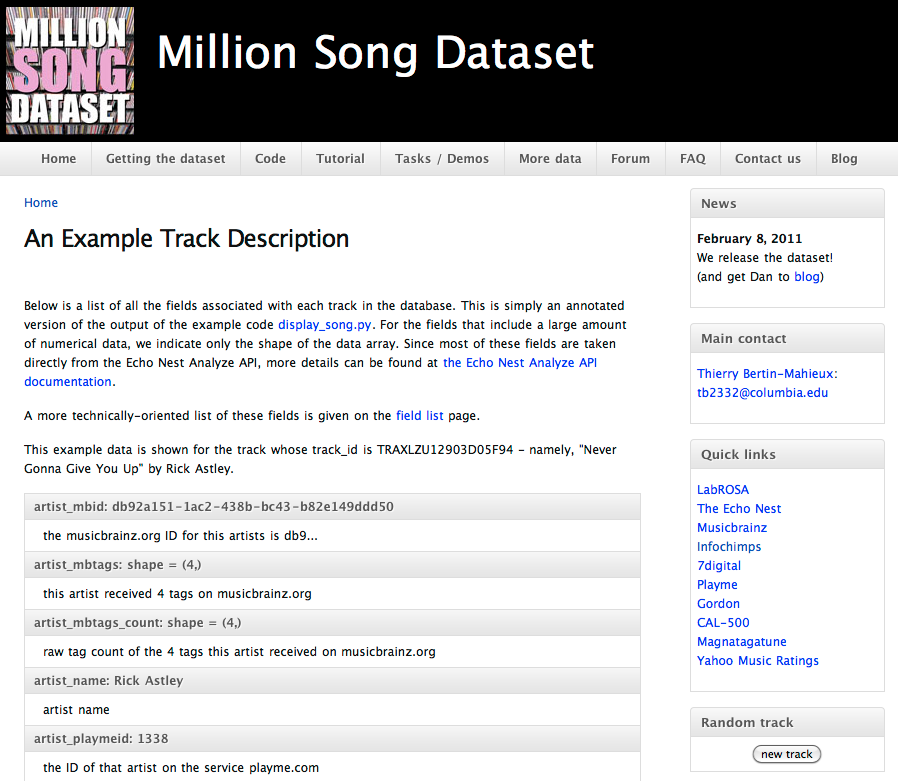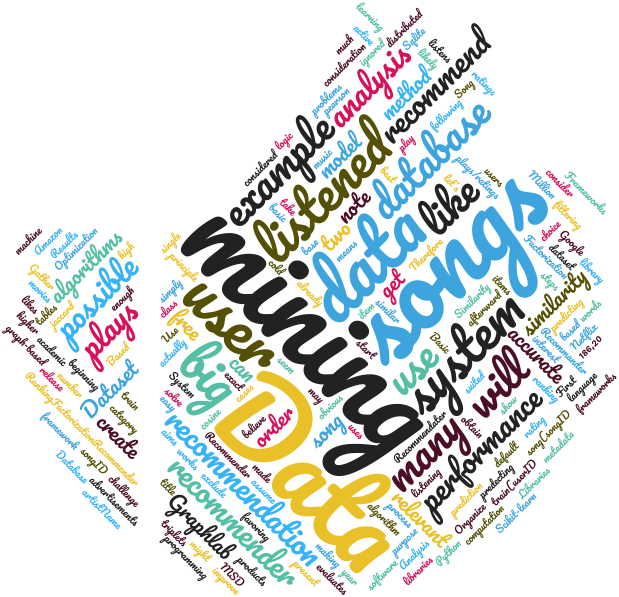
Measured on a scale of 0 to 1.Ī uniquely identifying number for the song.Įstimation of the key the song is in. Time of the end of the fade in, at the beginning of the song.Ī measure of the song's popularity, when downloaded (in December 2010). The ID of the release (album) on the service Ĭonfidence value (between 0 and 1) associated with each bar.Īverage start time of each bar, measured in bars.Īverage confidence interval of the beats.Īverage start time of each beat, measured in beats. The term most associated with this artist. The home location's longitude of this artist. The home location's latitude of this artist. Additionally, the data contains more advanced information for example, the length of the song, how many musical bars long the song is, and how long the fade in to the song was.Ī measure of 0.1 for how familiar the artist is to listeners.Ī measure of the artists's popularity, when downloaded (in December 2010). The data contains standard information about the songs such as artist name, title, and year released. The project was also funded in part by the National Science Foundation of America (NSF) to provide a large data set to evaluate research related to algorithms on a commercial size while promoting further research into the Music Information Retrieval field. The Million Song Dataset is a collaboration between the Echo Nest and LabROSA, a laboratory working towards intelligent machine listening. This library comes from the Million Song Dataset, which used a company called the Echo Nest to derive data points about one million popular contemporary songs.


Tags: music, songs, artists, creativity, media Overview


 0 kommentar(er)
0 kommentar(er)
